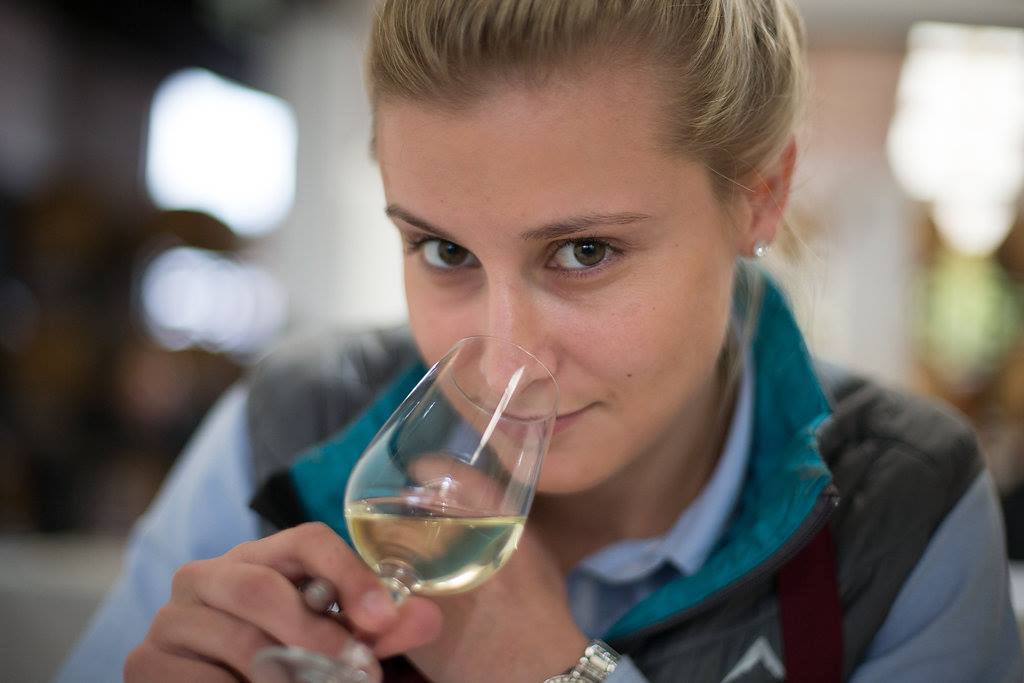As the saying goes, ‘great wine is made in the vineyard’. No one knows this better than Isabel Teubes.
According to Isabel, the weather leading up to harvest started with sufficient water stored in the soil profiles. This was a welcome change from the drought repercussions of the past several years. In terms of climate, September, October and November were warmer than usual. The heat, in combination with higher soil water levels, led to vigorous initial growth in the vineyards. December up until the middle of January was cooler than usual, which proved to be very beneficial for preserving flavour compounds in the white varietals and beneficial for colour development in the red varietals. Widespread rainfall at the beginning of December was very beneficial for berry development which probably led to higher yields in general. The ripening period was very dry with almost no rainfall events.

Once harvest began, for most wineries in late January or early February, the dry weather in combination with sporadic heat waves caused very fast ripening, especially under dryland conditions. The ripening period experienced short but extreme heatwaves, however, in general, the temperatures were quite moderate with cooler night temperatures. “This was overall a very healthy year in terms of diseases and the botrytis rot percentage, in general, is very low,” explains Teubes.
Luckily, despite the drought, the dryland areas are looking much better than the past 3 years although there are still visible signs of stress. In general, the vineyards recovered well and the yields are looking much better. Although the yields are higher it doesn’t seem to have a significant impact on quality, which remains high.




